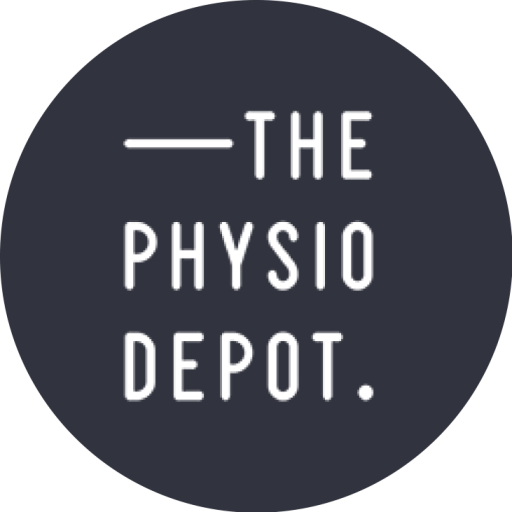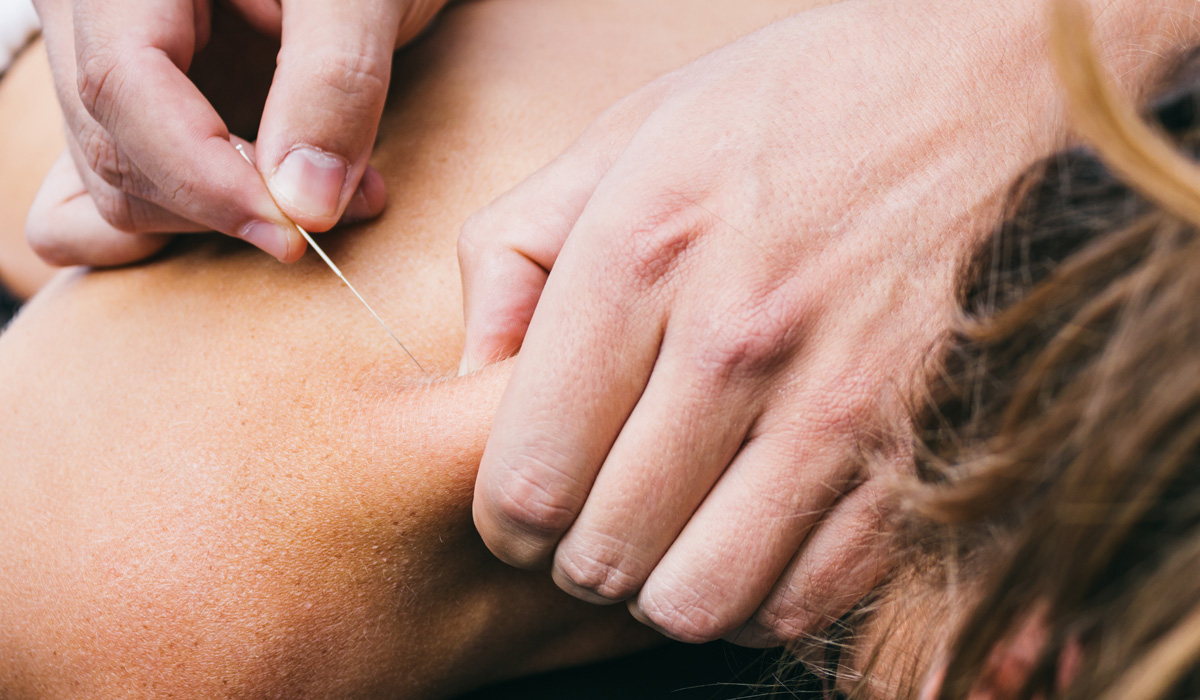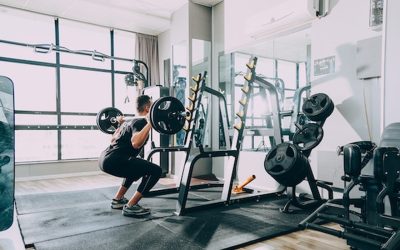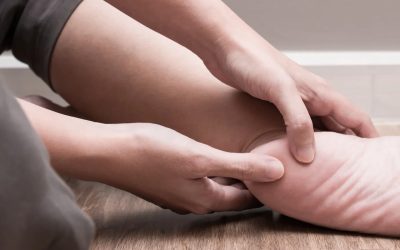Dry Needling is a broad term using to describe a treatment approach involving inserting a solid filament needle directly into a muscle. It utilises the same tool as acupuncture but the theories and application differ from traditional acupuncture. The aim of dry needling is to find active trigger points in a muscle (Those painful knotty bits in the muscle) and insert the needle into the soft tissue with the aim of decreasing muscular tension, create length in a muscle which can provide pain relief. Essentially muscle with normal tension should not hurt when you poke it, hence dry needling has become a popular tool to restore normal tissue homeostasis.
What causes trigger points aka knotty muscles that hurt when you poke them?
STRESS – Increase muscular tension.
MUSCLE GUARDING – Muscle spasm due to pain, guarding, beliefs or injury.
ACTIVITY LOAD – Adding to much training load too quickly and the muscular system not keeping up.
SUSTAINED POSTURES – Asking muscles to do the wrong job, in the wrong position for sustained periods of time.
INJURY – Muscle guarding will occur after an injury or pain.
Why use it?
Our Physio’s use dry needling as part of a comprehensive treatment plan involving movement, exercise, muscle re-training and soft tissue techniques. It resets the muscle at a neural level allowing for quick pain relief, improvements in muscle range of motion and reduced muscle tension.
It provides a quick stepping stone to get people moving again as quickly as possible and this where the magic happens.
Does it hurt?
There are two types of dry needling:
- Superficial: This involves the insertion of the needle into soft tissue and is a relatively painless approach which induces muscular relaxation.
- Deep Tissue Trigger Point: This involves the stimulation of trigger points and is slightly less comfortable. The goal with this type of dry needling is to create a muscle twitch response in the muscle that can create a dull ache/cramping sensation within the muscle.
What conditions can it help with?
- Neck/Back Pain
- Shoulder Pain
- Tennis/Golfers Elbow
- Headaches
- Hip and Gluteal Pain
- Knee Pain
- Plantar Fasciitis
- Athletic Performance




